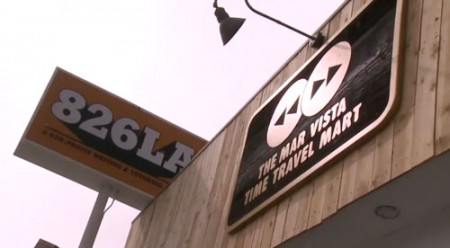I’ve been volunteering at 826LA. What fun!! All the retired teachers out there need to join me. All the fun of teaching and playing with excited little kids, with none of the district or admin BS.
I want to use their massive flow of happy and inquisitive kids to begin collecting good questions. I am planning to put together a science weekend workshop to teach problem solving and question asking at the Mar Vista store.
So, I’m looking for some good experiments around which to build a 3-4 hour class that will require the kids to try and devise and test hypotheses. I looked at lots of science experiments for kids at the Exploratorium and elsewhere, and they almsot all fall into the gee-whiz-natural-history category, not the how-can-we-figure-this-out category, which is the key lesson we need here.
Nini came up with a couple of good ones. The Mentos meets Diet Coke testing, and a puzzle pipe where one needs to do some reasoning and testing to find out what is hidden inside a short piece of PVC pipe with holes though which some ropes emerge and by which one can manipulate the contents. They currently have a workshop (I think) where the kids try to use various materials to prevent ice cubes from melting. These sorts of engineering challenges like egg drops, are great to develop problem-solving skills.
When I was a kid, Christopher and I had a long and not very successful rocketry program. We made a few cool explosions, a lot of lovely fireworks and started a bunch of fires in his backyard, but never a successful rocket flight. In a parallel line of inquiry, we made a giant box kite with to test the capsules in which we planned to send our pet hamsters aloft. The kite, Archimedes, did take a frog in a capsule hung under a parachute up several hundred feet, although a Joshua tree fouled our trigger release line causing early deployment, and the strong wind kept our parachute from fully deploying, but the excellent multilayer cushions of the capsule allowed out frogstronaut to survive the fall unscathed. I think the frog had to be substituted for a hamster because I, in one of the most idiotic lapses of my life, had tragically and absent-mindedly squashed Christopher’s hamster by forgetting that it was asleep in my pocket when I laid down on the floor in his hallway to play a game of Life.

